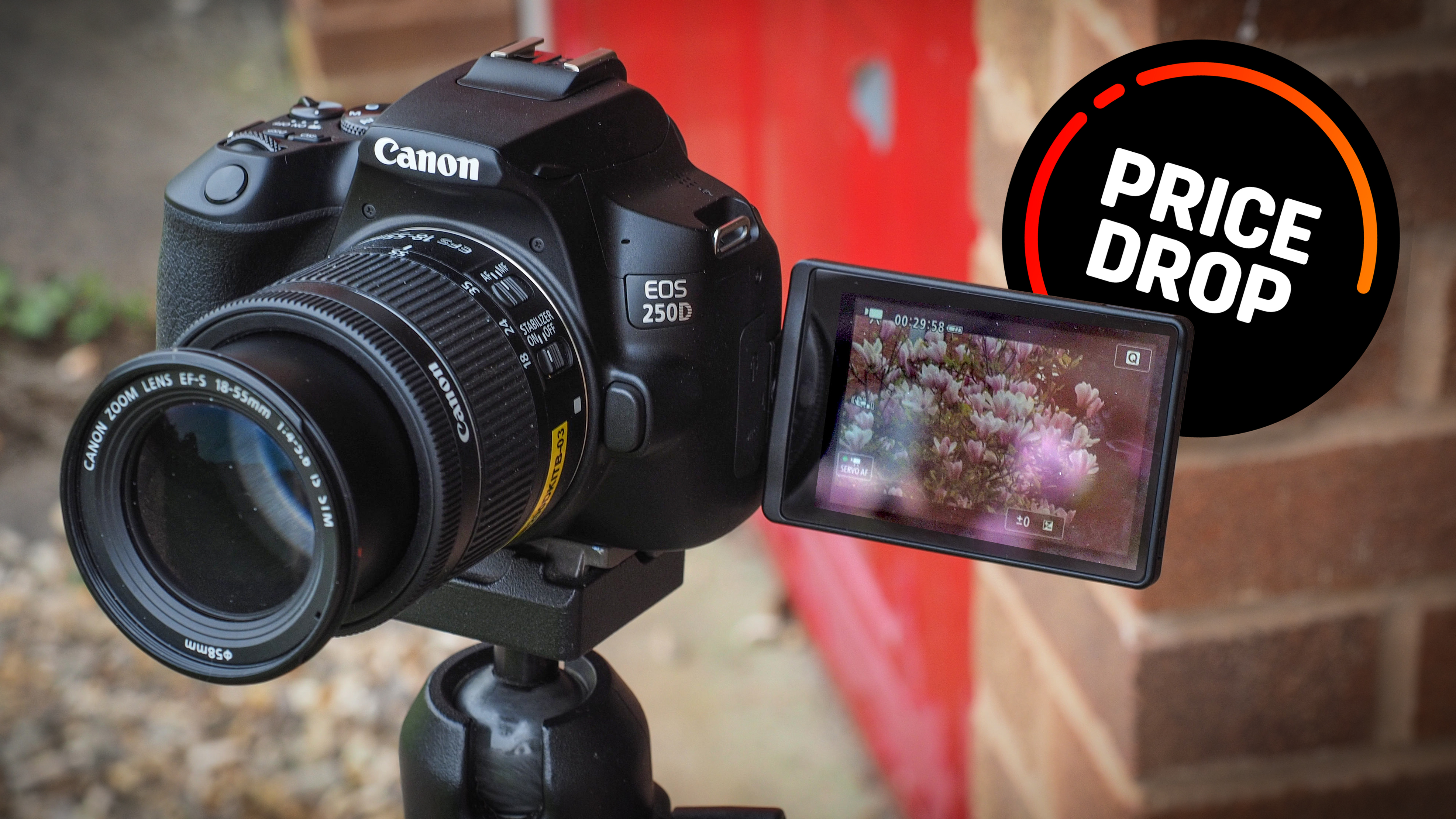
The Canon EOS 250D was first launched back in April 2019, which might not seem that long ago but is actually an age in the world of digital imaging.
Just to confuse things, it’s also called the Canon EOS SL3 in North America, the EOS 200D Mark II in Australia, or the EOS Kiss X10 in Japan. Whatever it’s called where you are, it’s still probably the best budget DSLR you can still buy today.
Despite the avalanche of mirrorless cameras in the past few years and the constantly evolving hype around AF and video, it’s important to remember that many, many users don’t need the latest gear and just want a simple, affordable and versatile camera. And the EOS 250D is definitely that.
So why is the 250D still a good option for some photographers, despite its use of old tech?
First, it still has a classic DSLR optical viewfinder, which will always look more ‘real’ than the EVF on a mirrorless camera. But the 250D also has the autofocus of a mirrorless camera in its live view mode, thanks to Canon’s excellent Dual Pixel CMOS autofocus tech. It has a fully vari-angle screen too, which we love.
You wouldn’t pick the 250D specifically for video, but it still does a pretty fair job. It can shoot both 1080p and 4K, even if 4K does come with a crop factor and some restrictions on autofocus.
It also has a 24MP CMOS sensor, so it’s going to be great for stills photography and will largely match anything its APS-C rivals can do.
But perhaps the biggest draw, especially for students, is the huge range of EF-S lenses out there both in the new and used market. Many of the best Canon lenses are for its DSLRs, if you are on a limited budget. And if you are tempted by the brand new mirrorless Canon EOS R10 or R7, be aware that there are far fewer native EOS R-S lenses for these cameras.
There will come a time when DSLRs like the Canon EOS 250D are finally consigned to the history books – but not quite yet!
Also read…
Best lenses for the Canon EOS 250D







